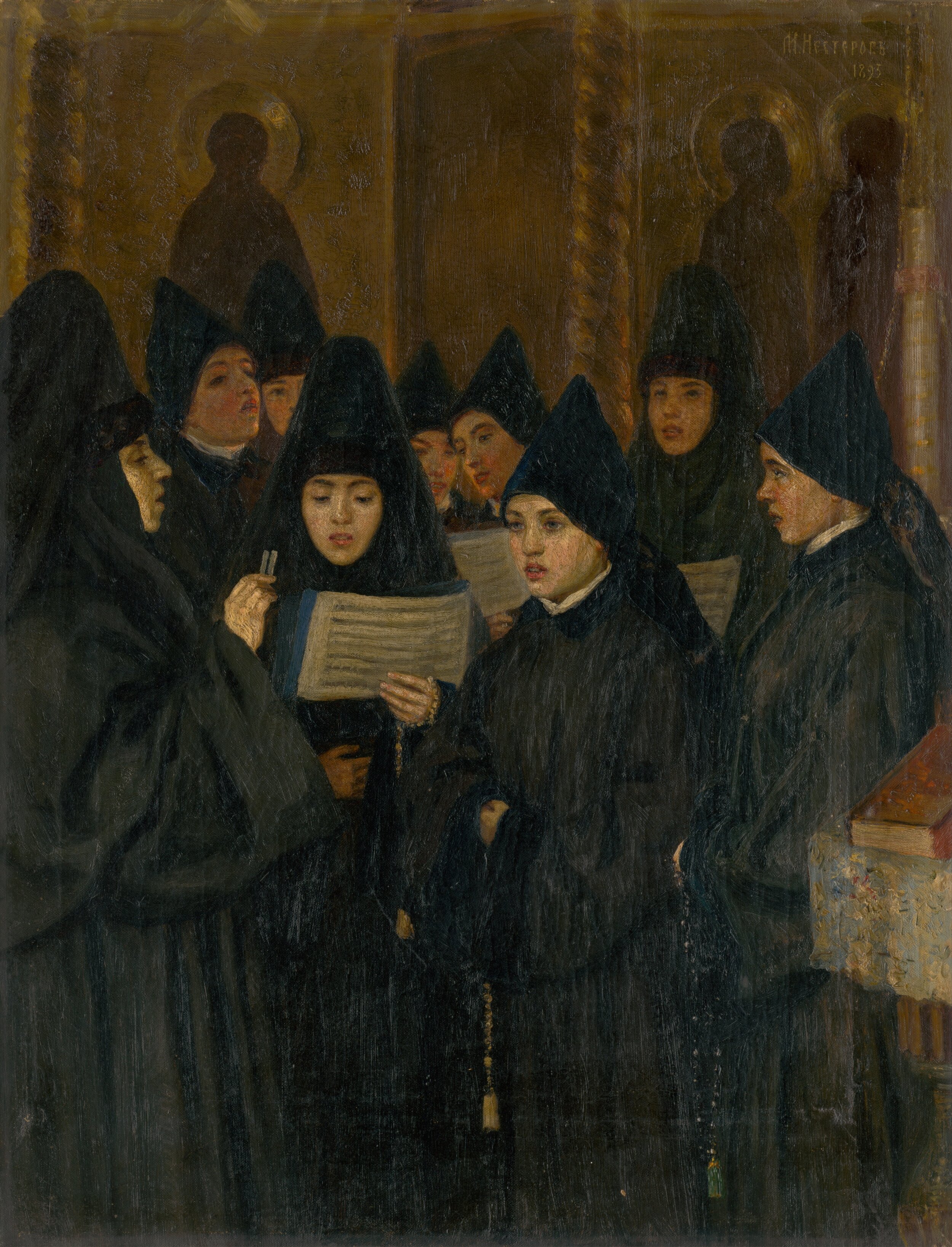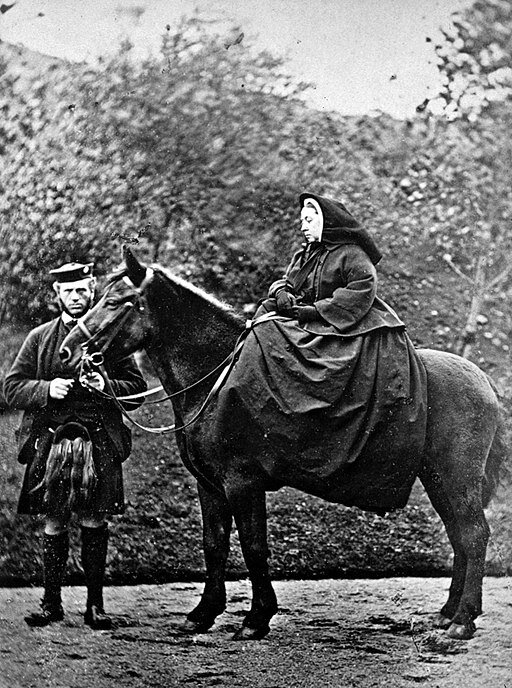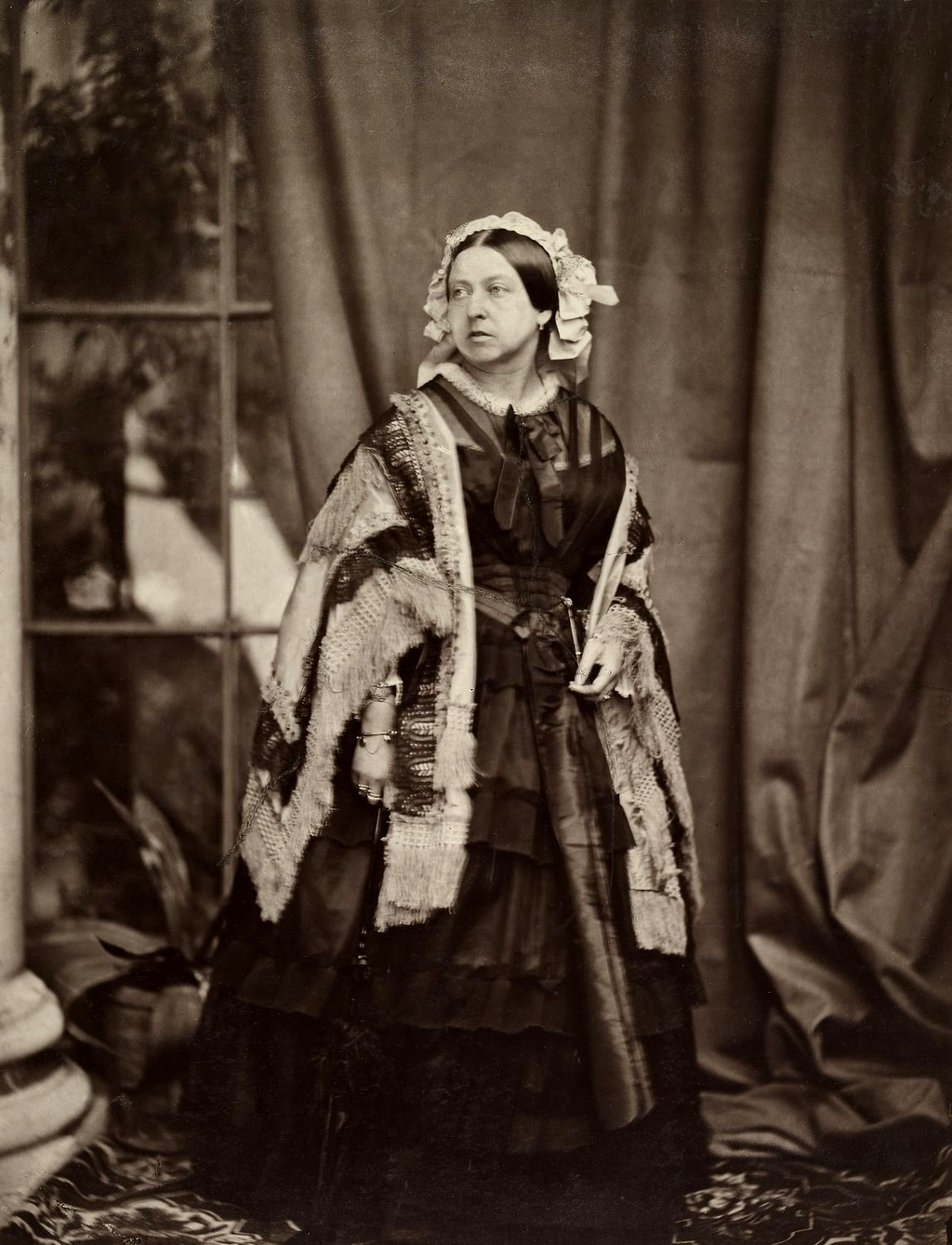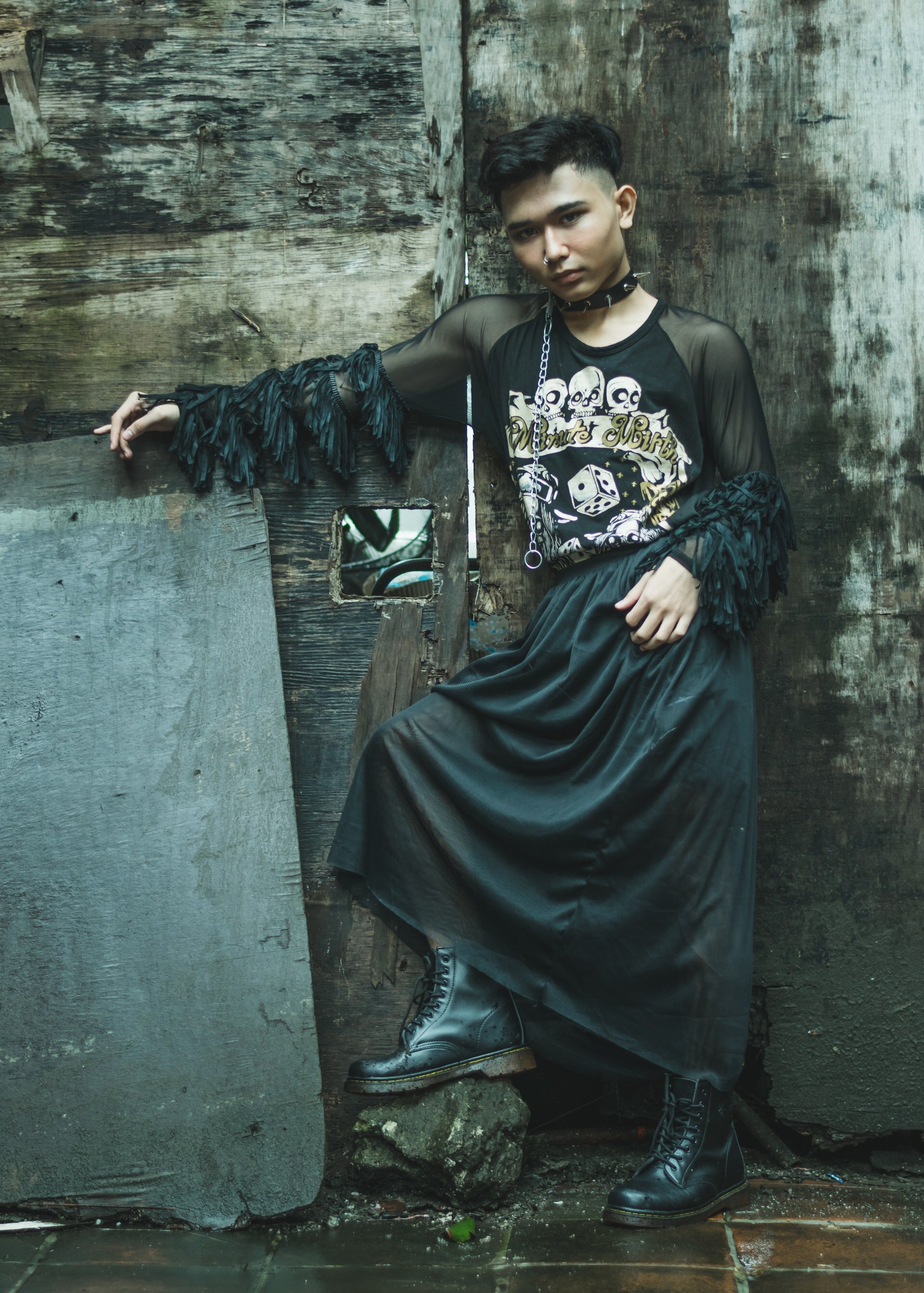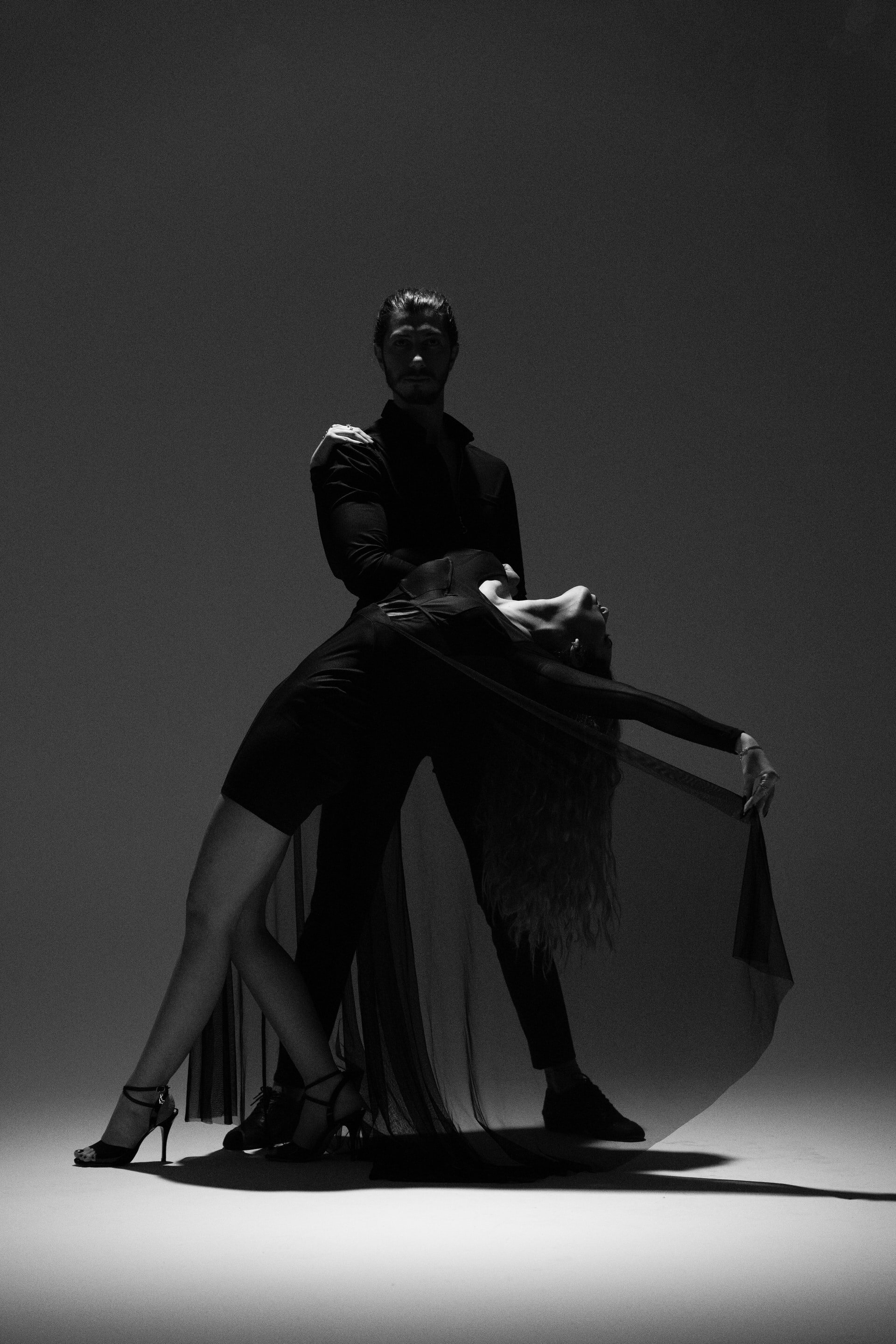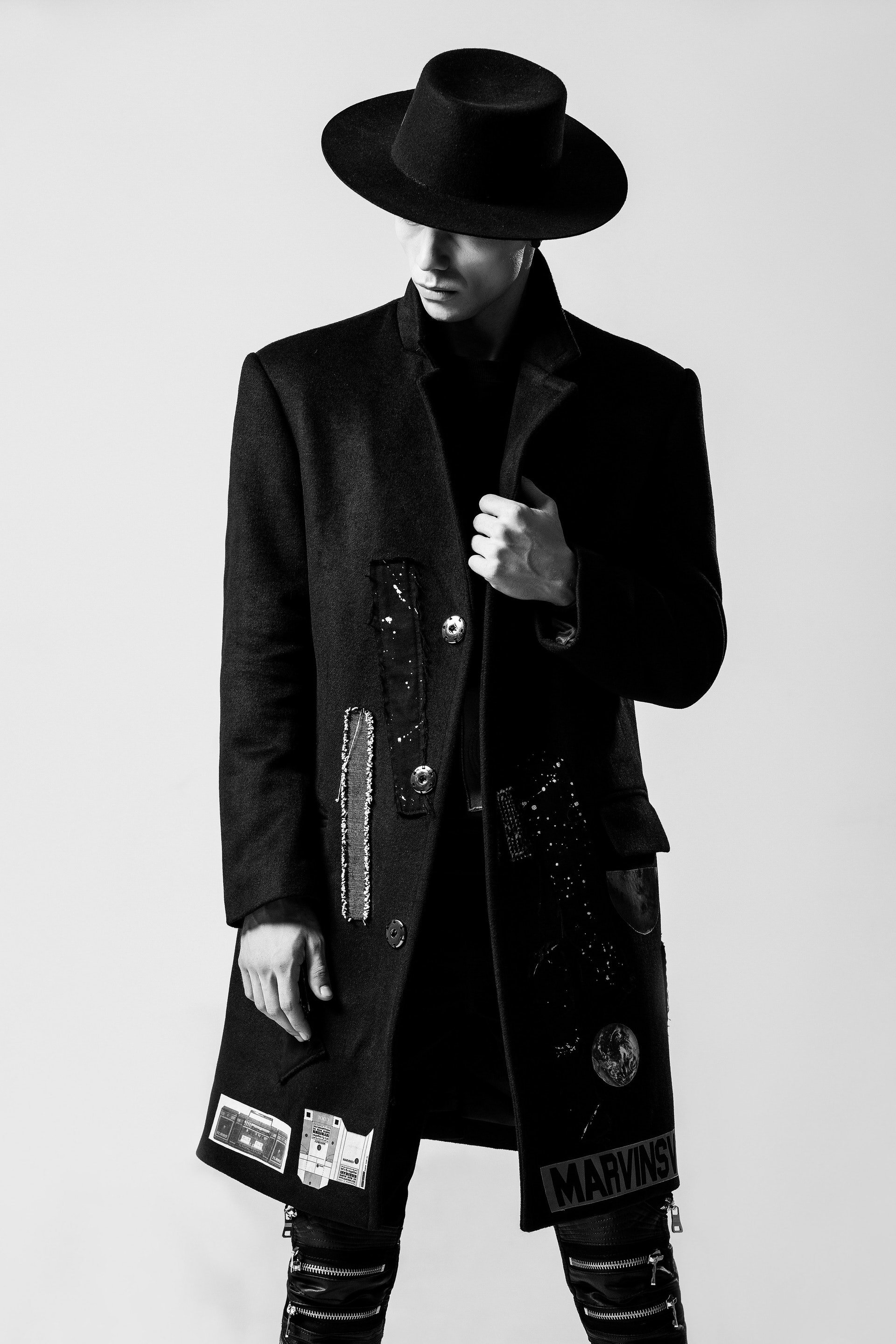Paint It Black : A History Of Wearing Black
Some time ago I wrote about the colour red, and found it fascinating how a colour had so many different meanings all over the world. I decided to look at the colour black and the reasons we are drawn to this colour…
Black is a colour that has a long history. It can be associated with death, evil spirits and mourning, but can also represent power and wealth. Black is one of the popular tones to wear, and is continuously in modern day fashion, keeping in trends, compared to most other colours that come in and out of fashion..
Going back to Pre-Historic times, Black was used in cave walls depicting stories and their way of living. This paint was made using charcoal and iron minerals.
Since the Middle Ages, black has symbolised solemnity and authority. This was perhaps why Priests and pastors of the Roman Catholic, Eastern Orthodox and Protestant churches have worn black. Monks of the Benedictine Order also wear black, and see the colour to symbolise humility and penitence. A long line of professions follow suit - nuns, judges and magistrates wearing black, and continue to wear this in the modern world.
The custom of wearing black funeral attire goes back to the Roman Empire time, they would wear black togas to mourn. Many countries and faiths still adopt wearing black for mourning to this day.
Black first became a fashionable colour for men in Europe in the 17th century, in the courts of Italy and Spain. Originally the bright colours were only for the nobility, but wealthy bankers and merchants retorted to the vibrant garish colours by wearing black robes and gowns ( but made using expensive fabrics.)
This look was thought as elegant, as well as powerful and it wasn’t long until the nobility desired it. Starting in northern Italy, the Duke of Milan and other rulers began to dress in black. Then the fashion spread to France, by Louis I, (younger brother of King Charles VI of France) and then the fashion followed in England. until finally moving to Spain to be worn in the Spanish court. By the end of the 16th century, black was an important colour and worn by almost all the monarchs of Europe along with their courts.
The Reformation was a major movement within Western Christianity in 16th-century Europe and it’s converts were to wear clothing seen as sober and simple. Bright colours were a big no-no and instead blacks, greys and browns were to be worn.
From the 19th century in England, mourning had strict rules - mostly for women. They were required to wear special bonnets/caps along with their black gown with jet black jewellery. This was mainly the middle to upper class ladies and this style of mourning could last up to 4 years.
Also during this time, (and may have been a contributing factor in mourning etiquette,) was Queen Victoria. Her husband Prince Albert died, and she remained in black mourning clothing for the remaining forty years of her life, and stayed in seclusion for many years too.
In the 19th century black became the most popular colour of business dress of the upper and middle classes in the western world. This was helped by the invention of cheap synthetic black dye, and along with the industrialisation of the textile industry, it was easier to obtain these dyed cloths.
In the 1920s, French designer Coco Chanel, came up with the simple black dress in Vogue magazine. According to Chanel - "A woman needs just three things; a black dress, a black sweater, and, on her arm, a man she loves." This inspired many other designers to follow suit, and the black dress was adapted in many more collections.
Gianni Versace also said, "Black is the quintessence of simplicity and elegance,".
Moving into the 1970s - punk fashion focussed on black clothing - the black studded leather jacket, being an important staple in the look. And as Goth fashion came around in the 1980s (inspired by Victorian era mourning dress), it was romantic and was essentially head to toe in black.
Black colour in fashion continues to be considered chic, expensive and luxurious, but is also seen as respectable, conservative and remains a popular colour as a go-to colour in virtually every garment - no matter how much you earn, luckily nowadays black can be worn by everyone.
L x



